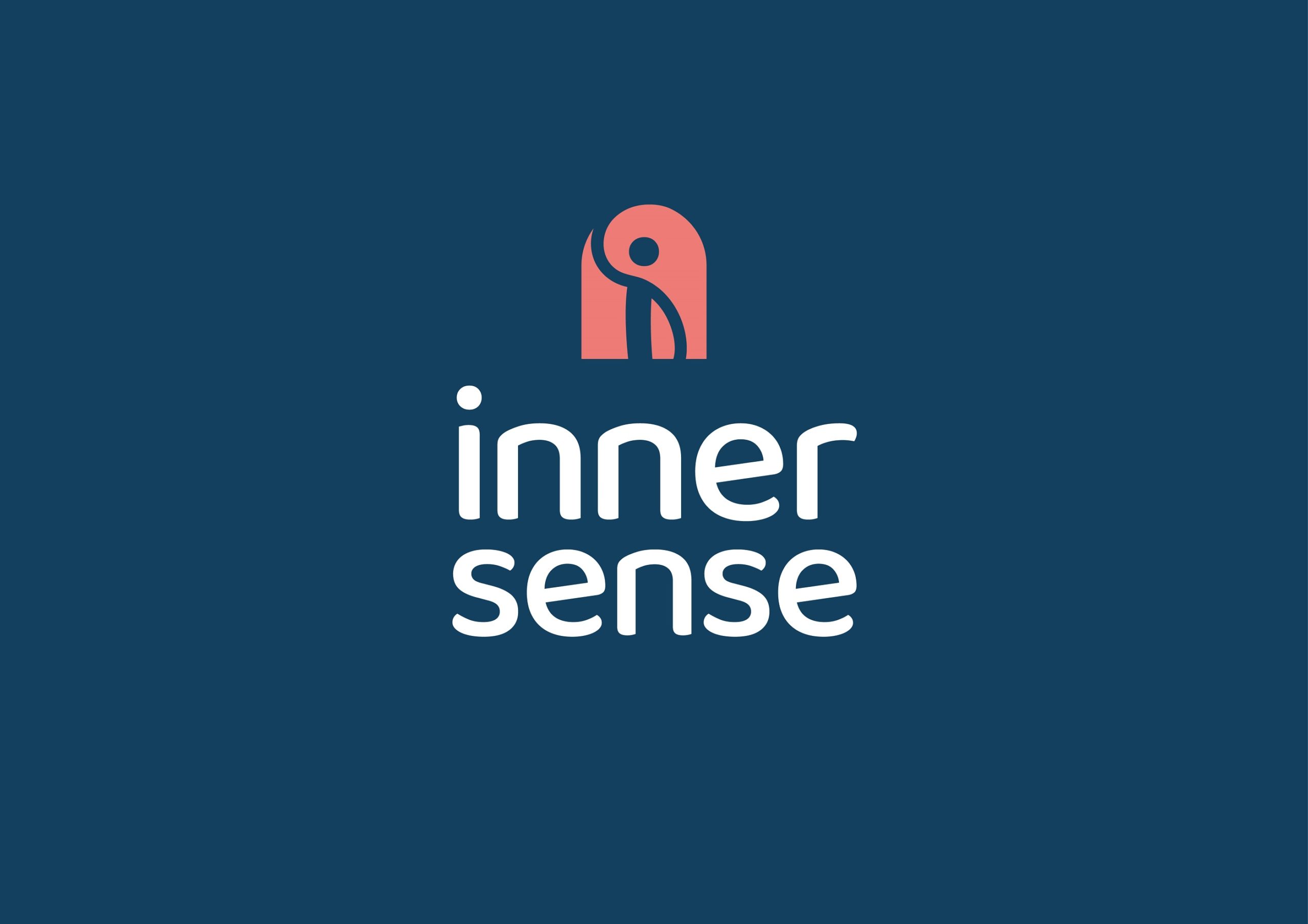Whatever your sport and however you train, breathing is important. The body relies on oxygen, and breathing is how we replenish our supply. But for many of us, how we breathe when we train may be holding us back.
So, in this post, we’re going to explore the science of breathing and take a look at techniques we can use to regulate our breath and get the most out of our workouts.
What Happens to Our Breathing When We Exercise?
Elevate Fitness, one of my favourite gyms where I live in Peterborough, has been studying the effects of breathing on sporting performance. Ex-professional rugby player and co-owner at the gym, Darren Fox says: “From knocking over a delicate drop-kick, to rowing a new PB in the gym, during exercise our attention is normally drawn to the actions we’re carrying out. In the background meanwhile, the body’s demand for oxygen is increasing, particularly during high-intensity activity.”
“The extra need for air creates a kind of stress, that for most people results in short, shallow breaths. This survival reaction is useful when we need an immediate response, such as fleeing a dangerous situation; but beyond the short-term, it’s a really inefficient way of breathing.”
A pattern of short, shallow breathing may result in:
- A build-up of lactic acid
- A lack of oxygen in the body, particularly in the areas where it’s most needed
- Fatigued breathing muscles 1
All of which can have a detrimental effect on our sporting performance.
How Breathing Control Can Help Sporting Performance
By deliberately slowing our breathing, we can dial down the body’s stress response and activate its relaxation response. 2 Blood and oxygen are more efficiently distributed around the body, while carbon dioxide and other waste products are removed.
Darren says: “During training, we’ve been testing some popular techniques that slow down the rate of breathing. The results have been dramatic, with enhanced endurance and shorter recovery times. We’ve shared our findings with our gym members and helped them to literally breathe new life into their workouts.”
Breathing Techniques to Try Yourself
Next time you feel out of breath when you’re training, try to regulate your breathing. Engage your interoceptive sense and actively pay attention to what’s happening in your chest and your entire body. Here are a few popular breathing techniques to look out for:
- Pranayama – a collection of yoga techniques that help practitioners build awareness of how breath affects physiology. Find out more here.
- Buteyko Method – originally created by the Ukranian physician, Dr Konstantin Buteyko, this is a system for breathing that teaches people to reduce their tendency to over-breathe. It has become popular amongst people wanting to find a drug-free way of treating asthma. More recently, it has also been used to improve sports performance. Find out more here.
- Wim Hof MethodTM – trademarked by the Dutch extreme athlete often referred to as The Iceman for his record-breaking feats of cold tolerance, this breathing method has been studied under laboratory conditions. It has been shown to influence the autonomic nervous system and support the body’s reaction when challenged with bacterial toxins. Find out more here.
Each technique is likely to make you feel different due to the way the new breathing pattern affects your physiology.3
The key is to practice with curiosity and focus on quality rather than quantity. For beginners, I recommend simple ‘belly breathing’. Breathe steadily and deeply, ideally through your nose, allowing your diaphragm to do the work – feel your stomach expanding as it fills with air. If your shoulders are rising too much, the wrong muscles may be activated.
Get More Information and Insights about Breathing and Exercise
If you’re interested in finding out more about how breathing affects us and the techniques we can use to enhance our overall wellbeing, please download these chapters from my book
You can also read more about finding more enjoyment from your training in this free chapter
And to stay up to date with all of our latest blog posts, please sign up to our newsletter.
Sources and References
Photo by Brian Matangelo on Unsplash
- Chaitow, L., Bradley, D., & Gilbert, C. (2014). Recognizing and Treating Breathing Disorders (2nd ed.). Churchill Livingstone Elsevier.
- Kox, M., Eijk, L. T., Zwaag, J., Wildenberg, J. V., Sweep, F. C., Hoeven, J. G., & Pickkers, P. (2014). Voluntary activation of the sympathetic nervous system and attenuation of the innate immune response in humans. Proceedings of the National Academy of Sciences of the United States of America, 111(20), 7379-7384.
- www.oxygenadvantage.com/wim-hof/



